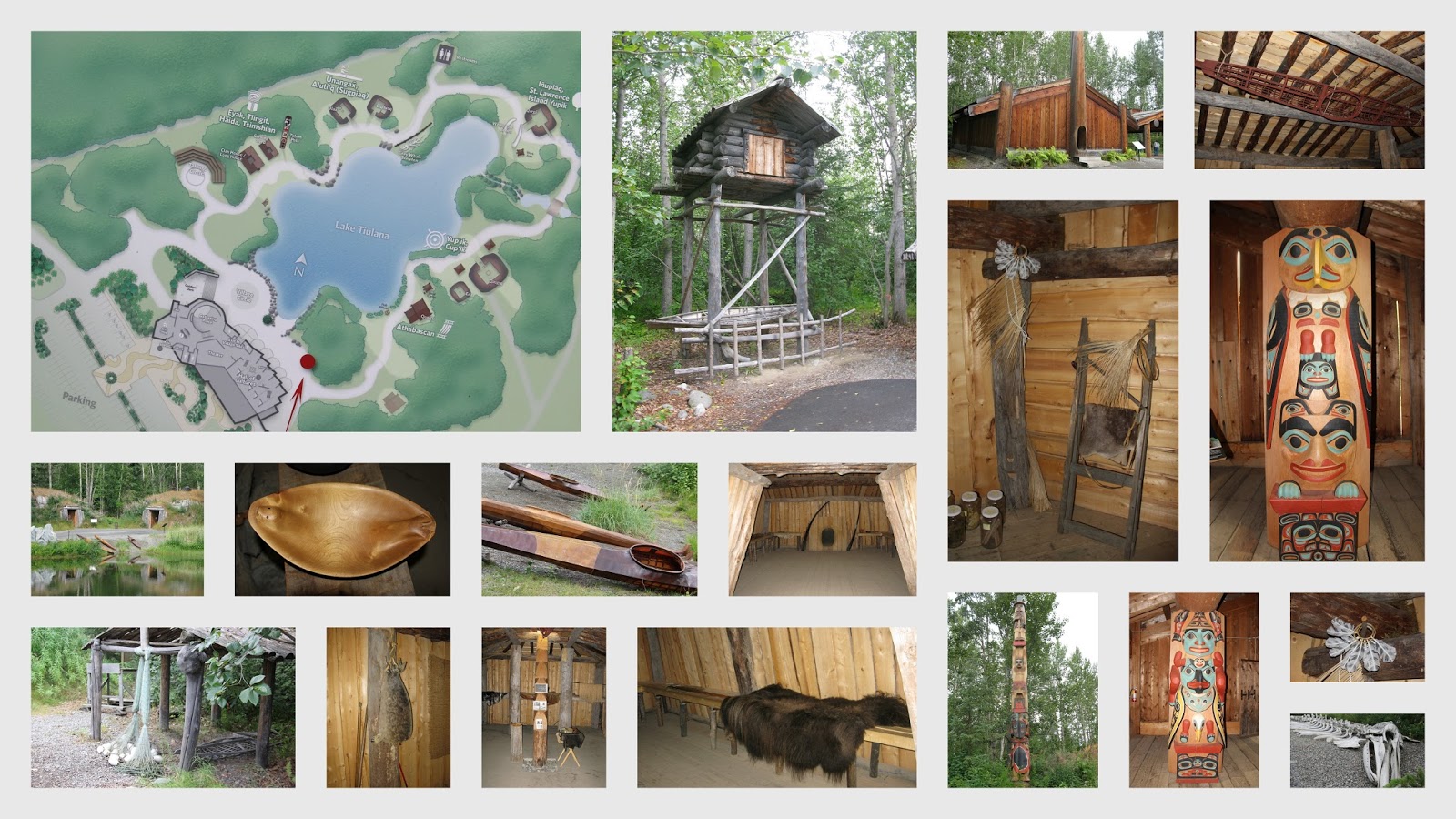

He is a benevolent transformer figure who helps the people and shapes their world for them, but at the same time, he is also a trickster character and many Yupik stories about Raven have to do with his frivolous or poorly thought out behavior getting him into trouble.Recent Examples on the Web After the Spanish colonizers took control of the Aztec empire, the indigenous rituals celebrating the dead merged with Christian traditions, eventually aligning with the Catholics’ All Saints Day and All Souls Day, which fall on Nov. Raven is a culture hero of the Yu'pik and other Native Alaskan tribes.
#Yupik native game and plants dictionary plus#
The word Yupik represents not only the language but also the name for the people themselves (yuk meaning 'person' plus pik, which means 'real'.) The Yupik believe that no one ever truly dies, but that their soul is part of a cycle in which it is reborn in another generation. The Yupik Eskimos of the Yukon-Kuskokwim Delta area in Western Alaska live in an environment made up of a mostly flat, marshy plain crisscrossed by many waterways, which the Yupik use in place of roads. The Yup'ik are unique among native peoples of the Americas in that children are named after the last person in the community to have died. The limited motion by no means limits the expressiveness of the dances, which can be gracefully flowing, bursting with energy, or wryly humorous. In Yup'ik group dances individuals often remain stationary while moving their upper body and arms rhythmically, their gestures accentuated by hand held dance fans very similar to Cherokee dance fans.
#Yupik native game and plants dictionary how to#
Each winter, from anywhere between three to six weeks, the young boys and young girls would switch, with the men teaching the girls survival and hunting skills and tool making and the women teaching the boys how to sew and cook. Boys would live with their mothers until they were about five years old, then they would live in the qasgiq. Women taught the young girls how to sew, cook, and weave. The women's house, the ena, was traditionally right next door, and in some areas they were connected by a tunnel. The young boys were also taught how to make tools and qayaqs (kayaks) during the winter months in the qasgiq. Aside from ceremonies and festivals, it was also where the men taught the young boys survival and hunting skills, as well as other life lessons. The qasgiq was used mainly in the winter months, because people would travel in family groups following food sources throughout the spring, summer, and fall months. The men's communal house, the qasgiq, was the community center for ceremonies and festivals which included singing, dancing, and storytelling. Many families still harvest the traditional subsistence resources, especially salmon and seal. Traditionally, Yupik families spent the spring and summer at fish camp, then joined with others at village sites for the winter. Bird eggs, berries and roots help sustain people throughout the region. Yup'ik & Cup’ik are hunters of moose, caribou, whale, walrus, seal and sea lions and harvest salmon and other fish from the Yukon, Kuskokwim and Nushagak rivers. The availability of fish, game and plants determined the location of seasonal camps and villages. The Yup'ik & Cup’ik people, named after the two main dialects of the Yup’ik language, live in southwestern Alaska from Bristol Bay along the Bering Sea coast to Norton Sound. The Yuit settled this vast region from west to east reaching the Kodiak archipelago and Prince William Sound by about 2,000 years ago. Lawrence Island in the central Bering Sea. Communities stretched from Prince William Sound on the north Pacific Coast to St. At the time of contact, they were the most numerous of the Alaska Native groups. The most diverse group of Alaskan Natives are the southern Eskimos or Yuit, speakers of the Yup'ik languages. There are 229 federally recognized Alaskan villages and five unrecognized Tlingit Alaskan Indian tribes. Alaskan natives in Alaska number about 119,241 (as of the 2000 census). They include: Aleut, Inuit, Tlingit, Haida, Tsimshian, Eyak, and a number of Northern Athabasca cultures. Alaska Natives are the indigenous peoples of Alaska.


 0 kommentar(er)
0 kommentar(er)
